News
TIFF Interview: Neasa Hardiman on ‘Sea Fever’, Inspiration, and Superstition
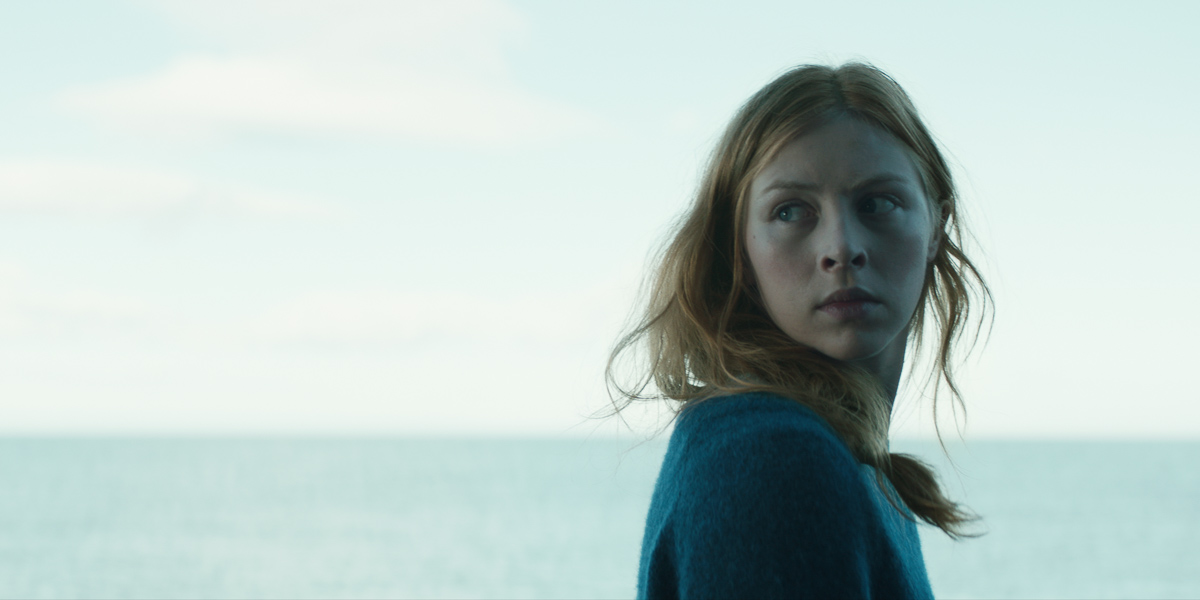
Sea Fever — which played at the Toronto International Film Festival as part of their Discovery program — is a captivating exploration of the horrific unknown of our natural world. Both beautiful and terrifying, think The Thing at sea; otherworldly entities and a seeping paranoia flow through Sea Fever in waves, knocking the film’s characters around as they try to keep their heads above water.
Writer/director Neasa Hardiman has won several awards for her documentary and television work. She’s brought her realist sensibilities to Sea Fever, crafting a heartfelt and genuine film with a heavy dose of dread. I had the opportunity to speak with Hardiman about inspiration, superstition, Irish horror, and women in film.
Kelly McNeely: What was the genesis of Sea Fever? Where did this idea come from?
Neasa Hardiman: I think one of the things that I wanted to do, was I wanted to tell a story that was contained, that allowed the exploration of character and that had a propulsive narrative drive that would keep you leaning forward in your seat. So that was really important to me.
I wanted to tell a story about a scientist, where a scientist was the lead. I think that was also really important. Because I feel like the scientist is usually kind of off to the side and a little bit amoral, and often if not quite a figure of fun, a figure of unease. So I wanted to place that figure front and center, and go, let’s just unearth what that is and where that weird cultural trope came from.
KM: I love that with the scientist in the forefront, because instead of it being a militarized “let’s kill this thing,” she very much wants to study it and keep it alive and protect it, which I think is an absolutely gorgeous idea.
NH: Oh brilliant! It’s that third act thing, right? The expected third act in a film like this becomes “chase-fight-chase-fight-confrontation-death” [laughs]. And it was something I was really aware of. I remember seeing David Hare — the screenwriter — and he said essentially a feature film is three stories. You’ve got a story in the first act that turns left, and you get a completely different story in the second act, and then there’s a second left turn and you get a third story in the third act. He said most films only have two stories because it’s really hard [laughs].
I thought, ok, well I’m really gonna take that to heart and we’re not going to do chase-fight-chase-fight, we’re going to make the third act about something else, and it’s got to be about taking responsibility, it’s got to be about that kind of broader theme of the story.
So the third act has to be about taking responsibility for this animal that has accidentally arrived in this space; it doesn’t want to be there, they don’t want it to be there, and they’ve got to get it out. And so there’s taking responsibility for that. And then obviously at the very end of the story it’s also about taking responsibility for what’s happened to Siobhan, and she has to do the moral thing at the end.
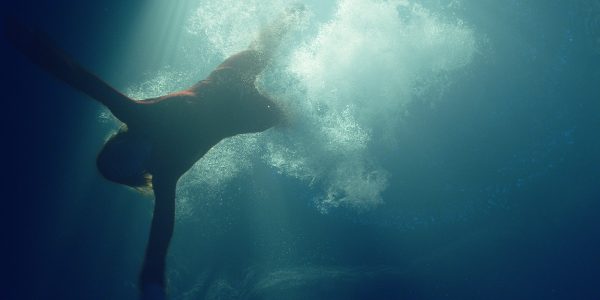
Sea Fever via TIFF
KM: I do love the ending, too. Usually it’s not the female character that gets to have those wonderful moments, usually it’s the male character, like “Oh, I’m going to save the day”. So I love that she’s able to step in in a really beautiful and organic and healthy way. I think that’s really lovely.
NH: Good! [laughs]
KM: There’s some really spectacular gore in there as well, some wonderful body horror. Did you use practical effects for that or was it mostly CGI?
NH: A lot of it is CG, and we did have some really brilliant puppeteers so there’s a shot in the sink where there are little animals crawling around in the sink, and that’s all live on the day made of seaweed with little bits of iron filings in them and a puppeteer underneath the sink with a magnet [laughs]. So that was really fun. And the puppeteers also made the sea creatures, those tendrils. And we had terrific CG designs as well; Alex Hansson generated all the big, beautiful, mesmeric images.
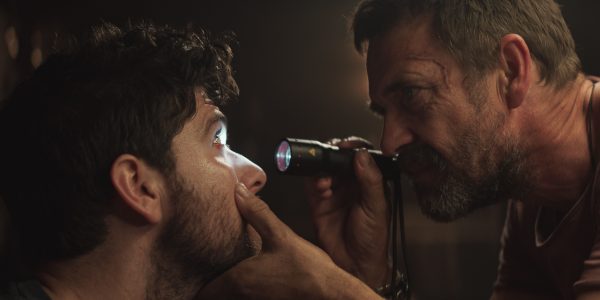
Sea Fever via TIFF
KM: There are some big themes in Sea Fever with family, nature, sacrifice, nautical superstitions… what do themes mean to you, and what did you want to bring out in the film with those themes?
NH: Really what was interesting to me was when I was kinda teasing out where do I want the story to go, how do I want it to live, was this notion of the scientific method and being really rational. And I thought ok, if you push that to an extreme, what’s the real extreme of that? And the real extreme of that is a lack of social connection.
That there’s a degree to which magical thinking allows me to pretend that I understand what you’re thinking, and you pretend you understand what I think, and we make a connection that way, and actually that’s valuable. There’s a warmth in that that allows us to feel good about one another. So I was kind of researching into that, and researching into cognitive styles, and what are the difficulties and advantages of different cognitive styles.
I thought if that’s one end, where you acknowledge that part of the scientific method allows you to be really humble about your place in the world, and to acknowledge that there’s very little that you can influence, but you can observe and try to understand. And then what’s the other extreme?
The other extreme is superstition. Like I knock on the table and that means that the bad luck that I’ve thought about won’t happen. So there’s this illusion of control, this illusion that you control everything. I thought there are two extremes that we can explore through the story, and this notion of the advantage of being very clear about the minimal input of your place in the universe and the scientific method and humility and clarity, could also leave you quite isolated, and that’s very painful. Versus reading meaning into absolutely everything and thinking that, you know, entrails are going to tell you what the weather is going to be like. Which is very connecting, but it doesn’t really help you in the world.
And the interesting thing that I discovered — and it’s kind of a banal thing to say — but the less control that you have over your life, the more likely you are to turn to magical thinking to give you the illusion of control. And there’s nothing wrong with that! That leap of faith which is a non-rational, non-logical form of thinking can be really valuable and enriching and nourishing, and there’s nothing wrong with that. And it does unify us. As a community and a species, we need that. We need to feel unified and we need ritual and we need community and shared beliefs in order to be happy and healthy.
So it was sort of looking at those extremes and allowing our central character who sort of starts at one end. But she’s in pain at the beginning of the story. She’s trying, but she’s just a little bit socially deaf and it’s very hard for her. And to allow her to move into a community space where she’s sharing the ritual of food and sharing that connection with people before, of course, you know, it falls apart. But she does have a rich and authentic connection as [Sea Fever] develops, while at the same time allowing the strengths of her cognitive style to drive the rest of the story.

Sea Fever via TIFF
KM: I’ve noticed that — in a lot of Irish horror — there’s a big theme of nature, and that natural theme is stunning. Is horror a big thing the way it is in America, or is genre not quite as big in Ireland?
NH: That’s a really interesting question. I’d be reluctant to generalize because I feel like every filmmaker is different, and it’s very hard to see from inside your own culture what’s going on. It’s much easier to look at it from the outside and see those motifs come up again and again.
The biggest city in Ireland only has 1.5 million people, so we don’t have a huge industrialized landscape, and agrarian culture has been a big feature of Irish life. And I think it’s quite a clannish community in Ireland; we’re very family-orientated and social connection is very important to us, and rootedness is very important to us.
There’s a rich seam of traditional mythology in Ireland and storytelling, and a lot of it is quite gothic [laughs]. The stories tend to be quite dark! As they are, I suppose, across the world when it comes to folkloric storytelling. They are those dream metaphors — don’t go into the woods at night! So I do think that informs the Irish imagination.
If you look at Irish filmmakers down the years, there often is that quite gothic sensibility at work. You look at Neil Jordan, it’s like, Jesus there’s a gothic one [laughs]. The Lodgers — that screened [at TIFF] two years ago — has that same kind of gothic sensibility. The Winter Lake has that same gothic sensibility. So, yeah… I think you’re onto something [laughs].
KM: What advice would you give to aspiring female filmmakers?
NH: I would say three things. I would say don’t ask for permission, just do it. Speak your mind. And if you’re not happy, say so.
I think it is hard, still. I’ve been working for 20 years in high-end television, and still many times when I walk on set, I am the first female director that any of the crew has worked with. It’s still weird.
There are many, many, many women in film, and there are many, many really talented women in film. And there are many famous, brilliant, super successful women in film. But statistically, there is a glass ceiling. There is a glass ceiling where there are loads of women working at a certain level, and once the budgets go up, the number of women goes down. And that’s unconscious bias. So the question is how do we overcome unconscious bias?
The truth is, it’s not just our problem. We can’t solve this on our own, we need everybody to solve this problem. It’s not an unsolvable problem — it’s a pretty easy problem to solve [laughs]. And I think the thing that we can do is just keep working, keep working. Don’t ask for permission. If people critique you, of course take it on board, consider it, absorb it, accept the critique, and keep working.
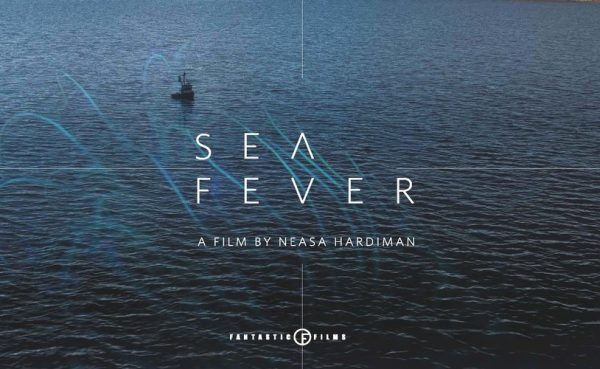
via IMDb
KM: What were your inspirations for Sea Fever, and what are you influenced by when you make a film?
NH: That’s a great question. I think loads and loads of really diverse things. I think the broader your cultural palette as a filmmaker — as a creator, generally, I’m sure you agree — the broader the better, because you never know what’s going to tickle you, or you never know when you’re working on a story problem what’s going to come from the back of your head.
It’s going to be an interview you read, or a novel that you’ve read, or something from somewhere completely different that you go, that’s really truthful and I never thought of it like that before, but that feels really authentic and human to me and I can use that experience or dramatic moment — or whatever. So I think it’s really important to stay broad and to stay interested in everything.
For this, I think that the films that influenced me most were probably films like Arrival, Annihilation, Alien, obviously… all the A films [laughs]. It’s that really nice sweet spot between rich, authentic, truthful, conflicted, layered characterization that feels grounded and real, and a dreamlike element that you bring in and go, what if. What if this. But not letting that dreamlike element take over, so not letting it become kind of just crash-bang-whollop and a series of visual effects, but rather just introducing it like dropping a stone into water so that all the ripples are the things that you’re watching. So that was sort of the idea.
For more from TIFF 2019, click here for reviews, interviews, and more!
Listen to the 'Eye On Horror Podcast'

News
Melissa Barrera Says Her ‘Scream’ Contract Never Included a Third Movie
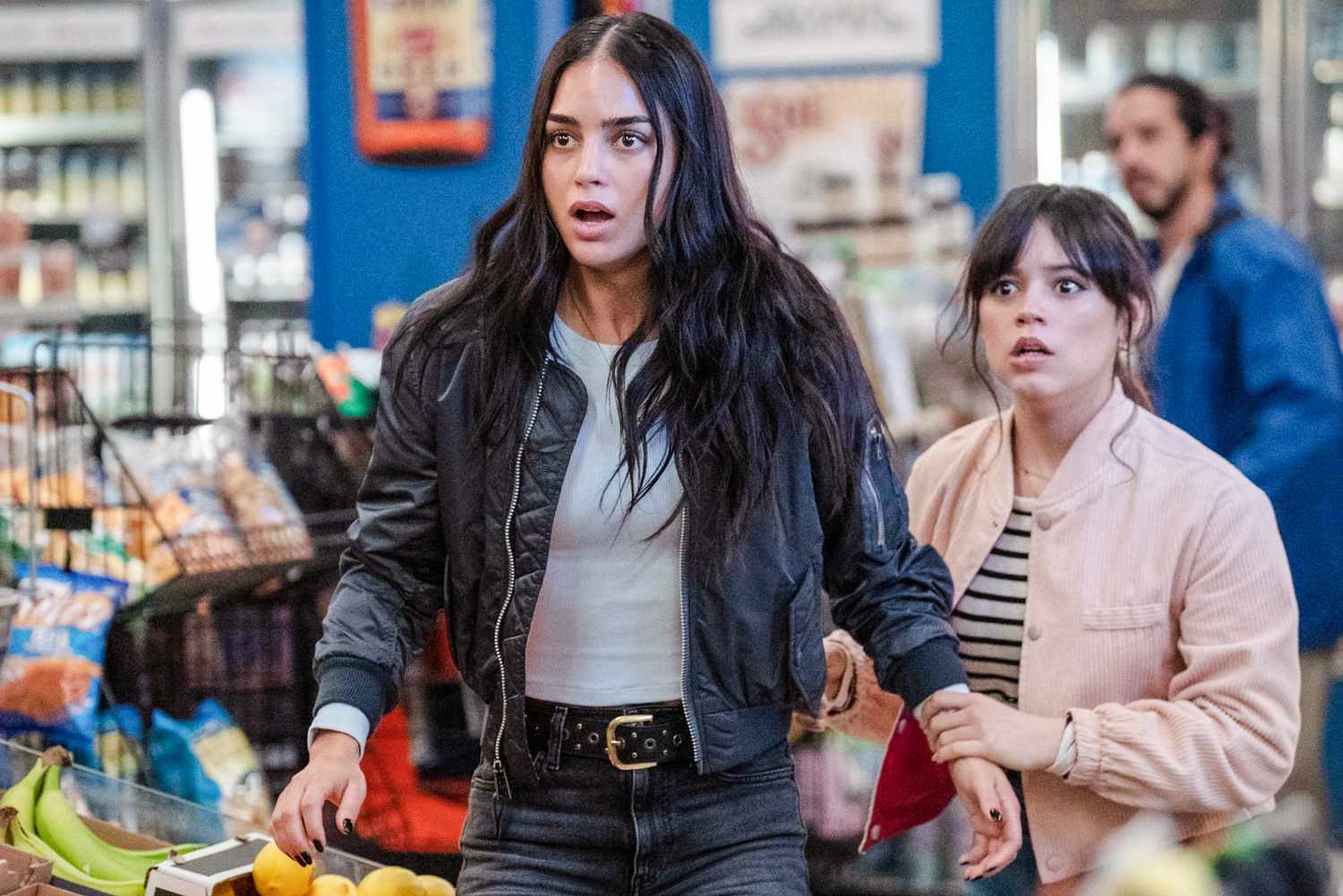
The Scream franchise has done a major overhaul to its original script for Scream VII after its two main leads departed production. Jenna Ortega who played Tara Carpenter left because she was overly booked and blessed while her co-star Melissa Barrera was fired after making political comments on social media.
But Barrera isn’t regretting any of it. In fact, she is happy where the character arc left off. She played Samantha Carpenter, the latest focus of the Ghostface killer.
Barrera did an exclusive interview with Collider. During their talk, the 33-year-old says she fulfilled her contract and her character Samantha’s arc finished at a good spot, even though it was meant to be a trilogy.
“I feel like the ending of [ Scream VI ] was a very good ending, and so I don’t feel like ‘Ugh, I got left in the middle.’ No, I think people, the fans, were wanting a third movie to continue that arc, and apparently, the plan was a trilogy, even though I was only contracted for two movies.
So, I did my two movies, and I’m fine. I’m good with that. I got two – that’s more than most people get. When you’re on a TV show, and it gets canceled, you can’t harp on things, you gotta move on.
That’s the nature of this industry too, I get excited for the next job, I get excited for the next skin I get to put on. It’s exciting to create a different character. So yeah, I feel good. I did what I set out to do. It was always meant to be two movies for me, ’cause that was my contract, and so everything is perfect.”
The entire production of the original seventh entry has moved on from the Carpenter’s storyline. With a new director and new script, production will resume, including the return of Neve Campbell and Courtney Cox.
Listen to the 'Eye On Horror Podcast'
News
Read Reviews For ‘Abigail’ The Latest From Radio Silence

The review embargo has lifted for the vampire horror movie Abigail and the reviews are abundantly positive.
Matt Bettinelli– Olpin and Tyler Gillett of Radio Silence are getting early praise for their latest horror movie which opens on April 19. Unless you’re Barbie or Oppenheimer the name of the game in Hollywood is about what kind of box office numbers you pull on opening weekend and how much they drop thereafter. Abigail could be this year’s sleeper.
Radio Silence is no stranger to opening big, their Scream reboot and sequel packed fans into seats on their respective opening dates. The duo are currently working on another reboot, that of 1981’s Kurt Russel cult favorite Escape From New York.
Now that ticket sales for GodzillaxKong, Dune 2, and Ghostbusters: Frozen Empire have gathered patina, Abigail could knock A24’s current powerhouse Civil War from the top spot, especially if ticket buyers base their purchase off reviews. If it is successful, it could be temporary, since Ryan Gosling and Emma Stone’s action comedy The Fall Guy opens on May 3, just two weeks later.
We have gathered pull quotes (good & bad) from some genre critics on Rotten Tomatoes (score for Abigail currently sits at 85%) to give you an indicator of how they are skewing ahead of its release this weekend. First, the good:
“Abigail is a fun, bloody ride. It also has the most lovable ensemble of morally grey characters this year. The film introduces a new favorite monster into the genre and gives her room to take the biggest swings possible. I lived!” — Sharai Bohannon: A Nightmare On Fierce Street Podcast
“The standout is Weir, commanding the screen despite her small stature and effortlessly switching from apparently helpless, terrified child to savage predator with a mordant sense of humor.” — Michael Gingold: Rue Morgue Magazine
“‘Abigail’ sets the bar as the most fun you can have with a horror movie of the year. In other words, “Abigail” is horror on pointe.” — BJ Colangelo: Slashfilm
“In what may become one of the greatest vampire movies of all time, Abigail provides an extremely bloody, fun, humorous & fresh take on the subgenre.” — Jordan Williams: Screen Rant
“Radio Silence have proven themselves as one of the most exciting, and crucially, fun, voices in the horror genre and Abigail takes this to the next level.” — Rosie Fletcher: Den of Geek
Now, the not-so-good:
“It’s not badly made, just uninspired and played out.” — Simon Abrams: RogerEbert.com
A ‘Ready or Not’ redux running on half the steam, this one-location misfire has plenty of parts that work but its namesake isn’t among them.” –Alison Foreman: indieWire
Let us know if you are planning to see Abigail. If or when you do, give us your hot take in the comments.
Listen to the 'Eye On Horror Podcast'
Movies
Ernie Hudson To Star In ‘Oswald: Down The Rabbit Hole’
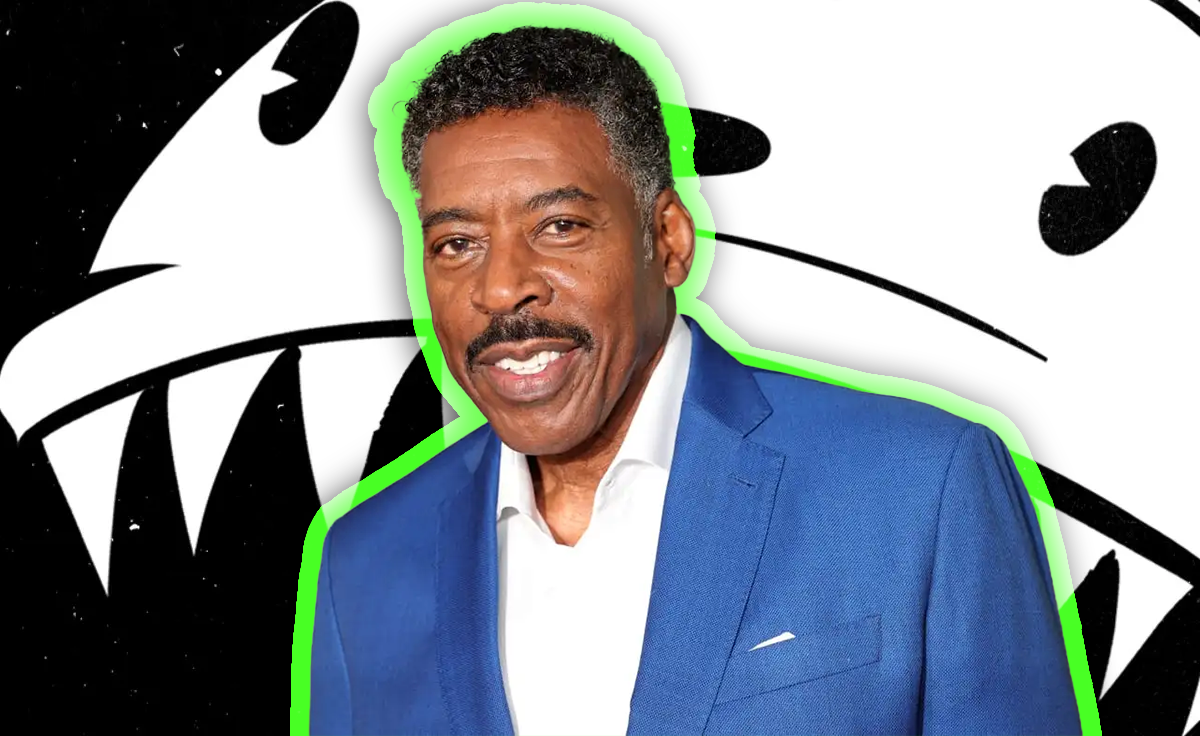
This is some exciting news! Ernie Hudson (Ghostbusters 1984, The Crow 1994) is set to star in the upcoming horror film titled Oswald: Down The Rabbit Hole. Hudson is set to play the character Oswald Jebediah Coleman who is a brilliant animator that is locked away in a terrifying magical prison. No release date has been announced yet. Check out the announcement trailer and more about the film below.
The film follows the story of “Art and some of his closest friends as they help track down his long-lost family lineage. When they find and explore his Great-Grandpa Oswald’s abandoned home, they encounter a magical TV that teleports them to a place lost in time, shrouded by dark Hollywood Magic. The group finds that they are not alone when they discover Oswald’s come-to-life cartoon Rabbit, a dark entity that decides their souls are it’s for the taking. Art and his friends must work together to escape their magical prison before the Rabbit gets to them first.”
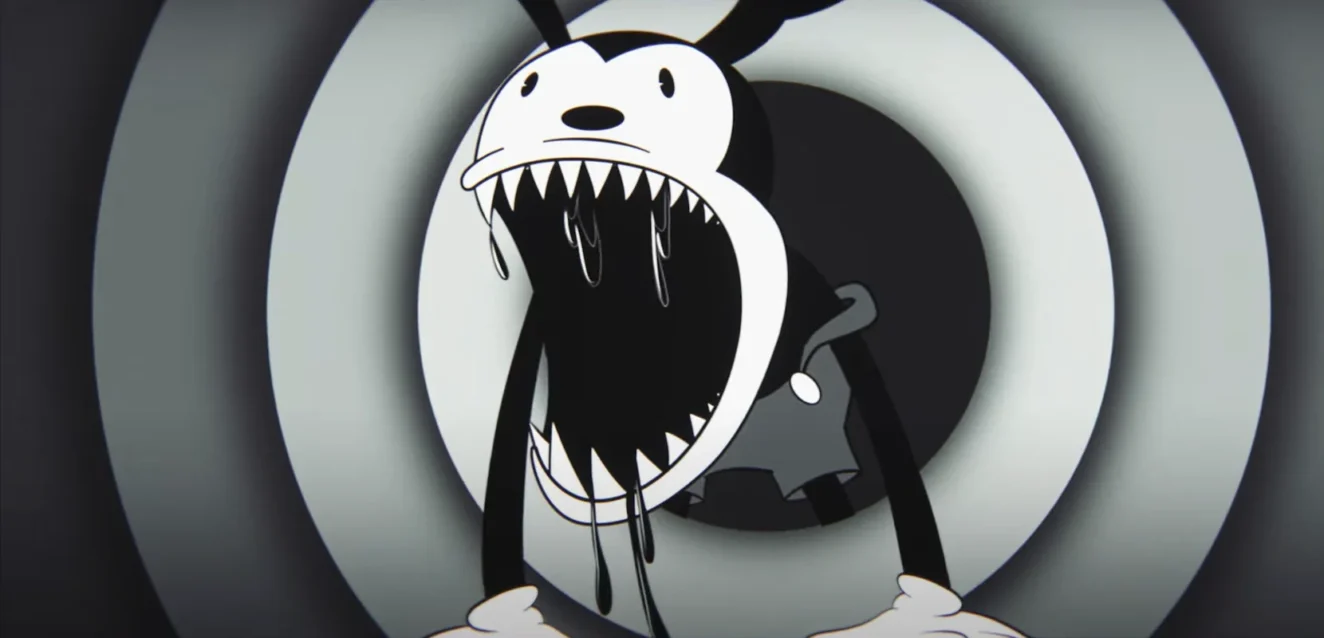
Ernie Hudson stated that “I am excited to work with everyone on this production. It’s an incredibly creative and smart project.”
Director Stewart also added “I had a very specific vision for Oswald’s character and knew I wanted Ernie for this role from the start, as I’ve always admired iconic cinematic legacy. Ernie is going to bring Oswald’s unique and vengeful spirit to life in the best way possible.”
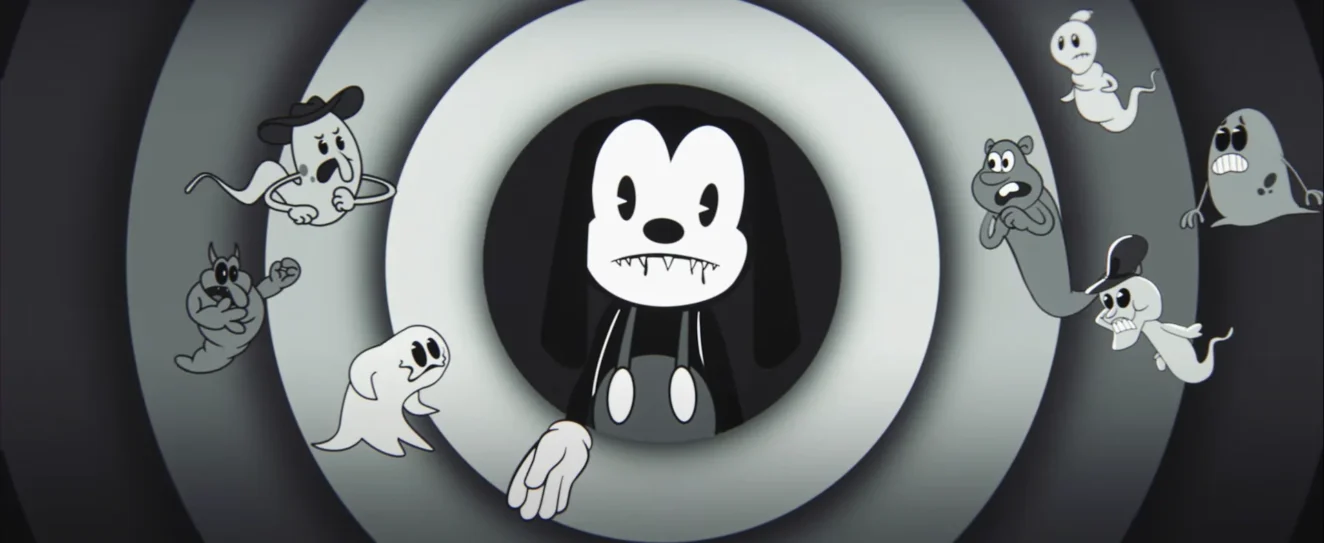
Lilton Stewart III and Lucinda Bruce are teaming up to write and direct the film. It stars actors Ernie Hudson (Ghostbusters 1984, The Crow 1994), Topher Hall (Single Drunk Female 2022), and Yasha Rayzberg (A Rainbow in the Dark 2021). Mana Animation Studio is helping produce the animation, Tandem Post House for post-production, and VFX supervisor Bob Homami is also helping. The budget for the film currently sits at $4.5M.
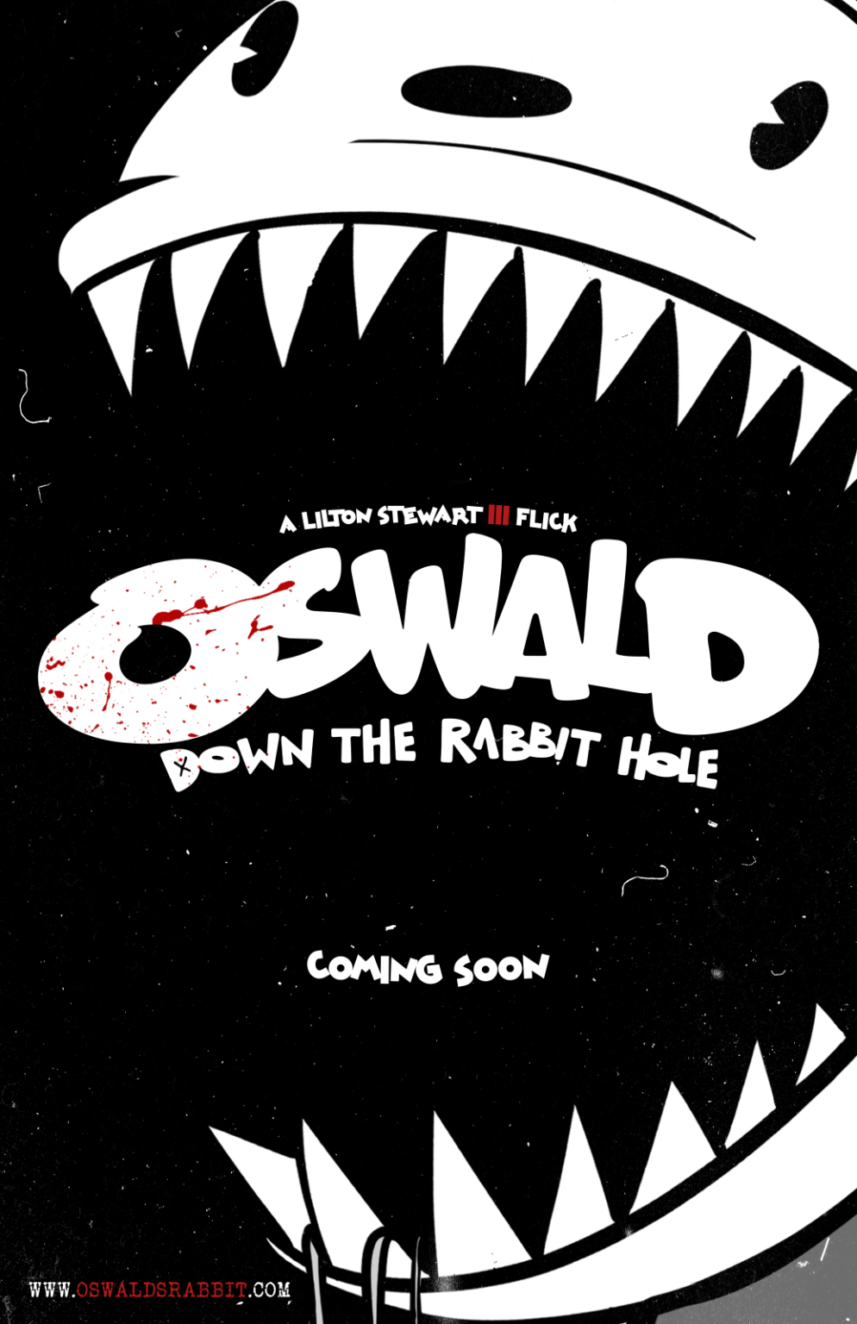
This is one of many classic childhood stories that are being turned into horror films. This list includes Winnie the Pooh: Blood and Honey 2, Bambi: The Reckoning, Mickey’s Mouse Trap, The Return of Steamboat Willie, and many more. Are you more interested in the film now that Ernie Hudson is attached to star in it? Let us know in the comments below.
Listen to the 'Eye On Horror Podcast'
-
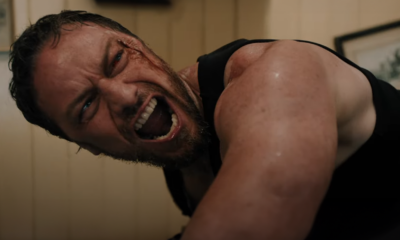
 Trailers5 days ago
Trailers5 days agoJames McAvoy Captivates in the New Trailer for ‘Speak No Evil’ [Trailer]
-
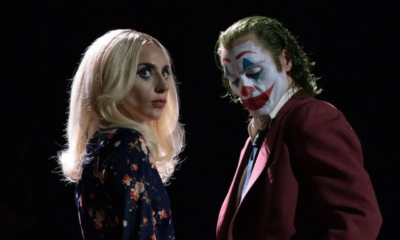
 Trailers6 days ago
Trailers6 days ago‘Joker: Folie à Deux’ Official Teaser Trailer Releases And Showcases Joker Madness
-
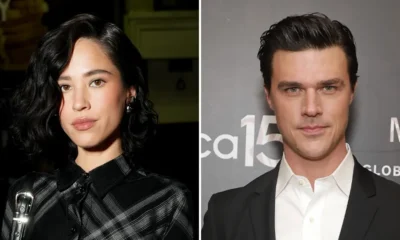
 Movies5 days ago
Movies5 days agoSam Raimi Produced Horror Film ‘Don’t Move’ Is Headed To Netflix
-

 Trailers6 days ago
Trailers6 days ago“The Contestant” Trailer: A Glimpse into the Unsettling World of Reality TV
-
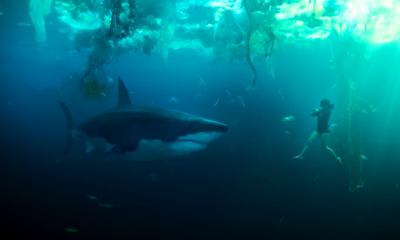
 Trailers4 days ago
Trailers4 days agoWatch the trailer for ‘Under Paris,’ the movie people are calling ‘French Jaws’ [Trailer]
-
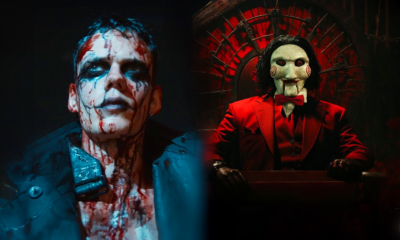
 News6 days ago
News6 days ago“The Crow” Reboot Delayed to August & “Saw XI” Postponed to 2025
-
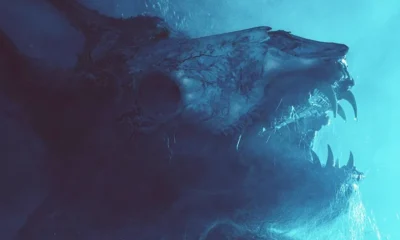
 Movie Reviews7 days ago
Movie Reviews7 days ago‘Skinwalkers: American Werewolves 2’ is Packed with Cryptid Tales [Movie Review]
-
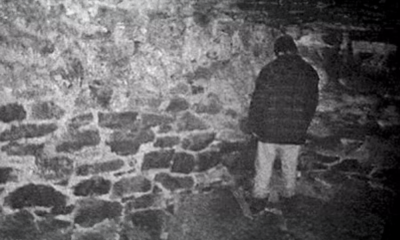
 Movies5 days ago
Movies5 days agoBlumhouse & Lionsgate to Create New ‘The Blair Witch Project’
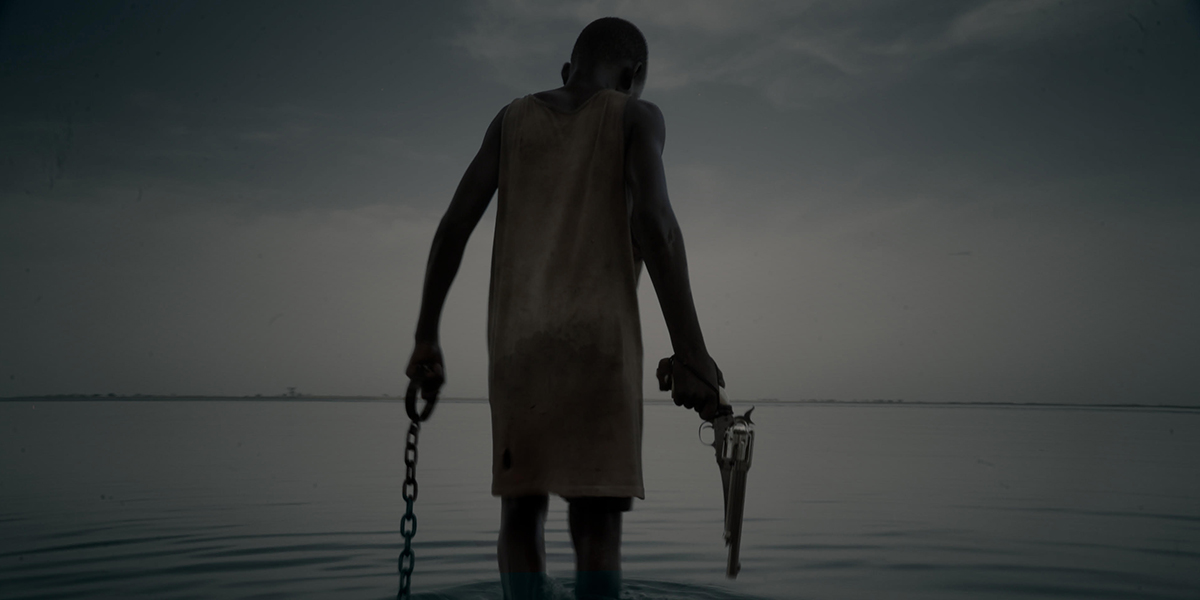
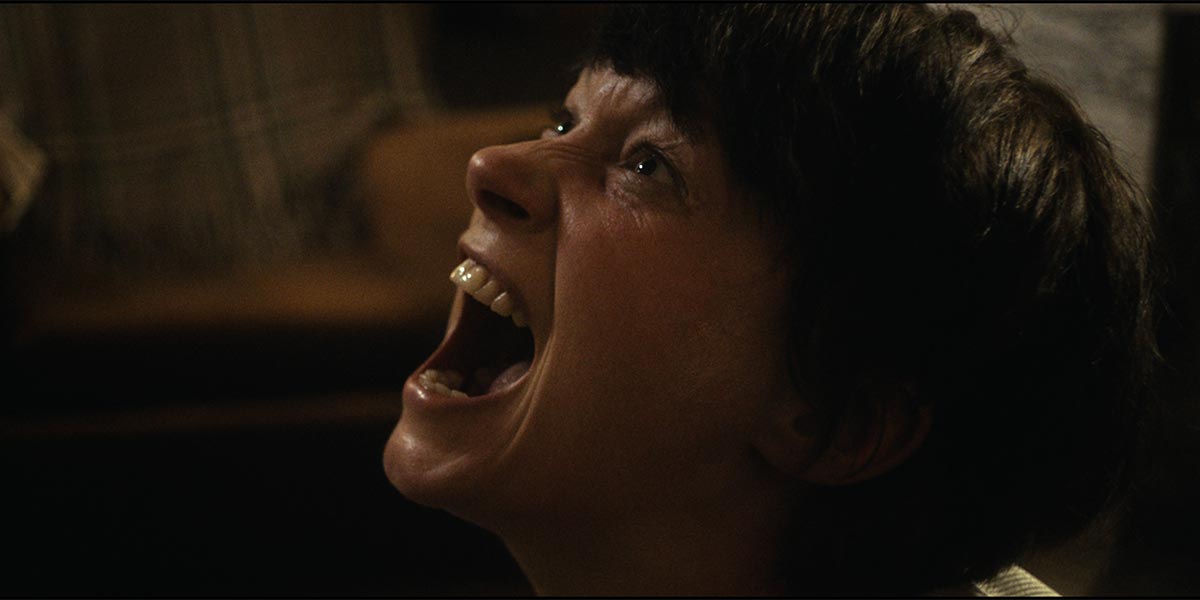
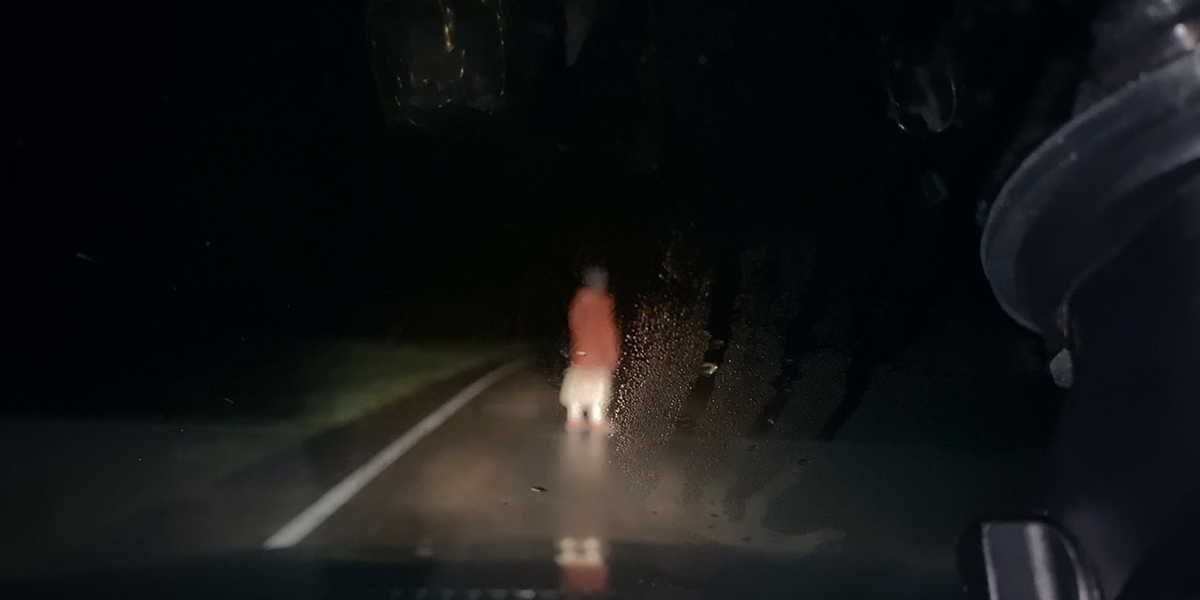












You must be logged in to post a comment Login